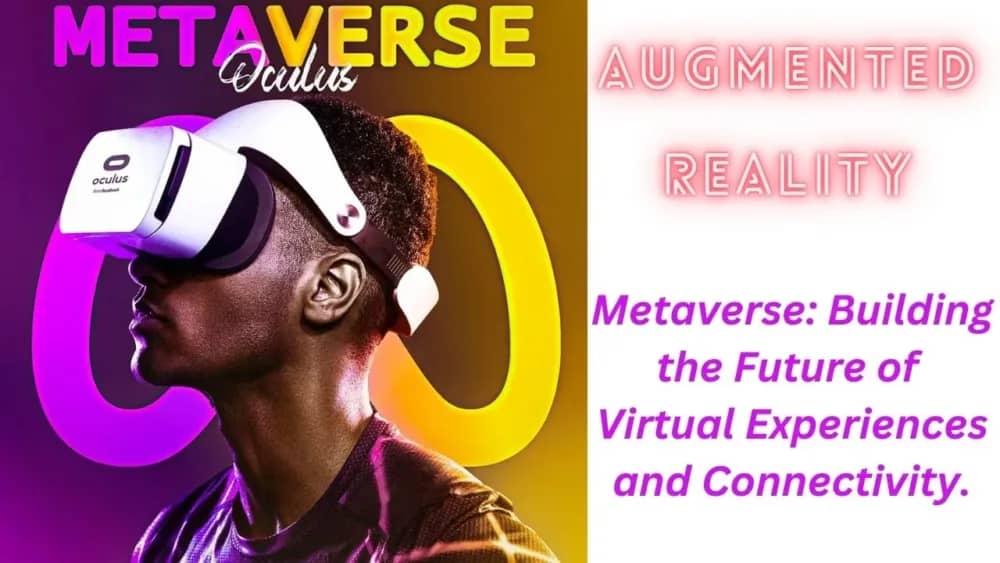Title: The Power of Data Labeling: Unlocking the Potential of Annotated Training Data
Introduction
Data labeling plays a pivotal role in machine learning and artificial intelligence (AI) applications, enabling models to understand and process complex datasets. In this article, we will explore the concept of data labeling, the importance of annotated training data, and how it influences the effectiveness of machine learning algorithms. By the end, you’ll have a comprehensive understanding of how data labeling contributes to training data quality, model performance, and the overall success of AI-driven systems.
1. Understanding Data Labeling
Data labeling refers to the process of assigning meaningful annotations or labels to raw data, making it easier for machine learning models to comprehend and extract insights. It involves annotating various attributes of the data, such as object recognition in images, sentiment analysis in text, or audio transcriptions. Data labeling can be performed manually by human annotators or through automated techniques.
2. The Importance of Annotated Training Data
Annotated training data forms the foundation for training machine learning models. By labeling data accurately, it provides the necessary context for models to learn and generalize patterns effectively. High-quality annotated training data is vital for achieving optimal model performance and robustness.
a) Improved Model Accuracy: Annotated training data enables models to learn from labeled examples, allowing them to recognize patterns and make accurate predictions. The more diverse and well-labeled the training data, the better equipped the model becomes in handling real-world scenarios.
b) Enhancing Generalization: Annotated data helps models understand the relationship between different features and their corresponding labels. This understanding enables the model to generalize its knowledge beyond the training set, making accurate predictions on unseen data.
c) Handling Ambiguity: Data labeling helps address ambiguity by providing clear and consistent annotations. Annotators follow predefined guidelines, ensuring that the labeled data remains consistent and reduces the chances of confusion during training.
3. Ensuring Data Labeling Quality
To obtain reliable annotated training data, it is crucial to maintain a high level of quality throughout the data labeling process.
a) Expert Annotators: Employing skilled annotators who possess domain expertise ensures accurate labeling. These experts understand the intricacies of the data and can make informed decisions while assigning labels.
b) Iterative Feedback Loop: Establishing a feedback loop between annotators and model trainers helps refine the labeling process. Regular communication allows for addressing questions, resolving ambiguities, and ensuring consistent labeling.
c) Quality Assurance Checks: Implementing quality assurance measures, such as double-checking annotations and conducting random spot checks, minimizes errors and maintains labeling consistency.
4. Challenges and Solutions in Data Labeling :
Data labeling is not without challenges, and addressing them is crucial for obtaining reliable training data.
a) Scalability: As datasets grow larger, manual labeling becomes time-consuming and expensive. Solutions like active learning, where models identify uncertain samples for manual annotation, can optimize the process.
b) Subjectivity and Bias: Annotator subjectivity and biases can influence data labeling, leading to biased models. Mitigating these issues requires clear guidelines, regular training, and review sessions for annotators.
c) Edge Cases: Handling edge cases, where data doesn’t fit into predefined labels, is challenging. Collaboration between annotators and domain experts can help resolve these cases effectively.
Conclusion
Data labeling is an essential step in preparing high-quality training data for machine learning models. Annotated training data enables models to learn, generalize, and make accurate predictions. By investing in expert annotators, implementing quality assurance measures, and addressing challenges through scalable solutions, organizations can leverage the power of data labeling to unlock the full potential of AI-driven applications. With reliable annotated training data, machine learning models
Relationship between Annotated Training Data and AI how :
Annotated training data and AI are closely related and play a crucial role in the development and success of AI systems. Annotated training data serves as the foundation upon which AI models learn and make predictions. Let’s delve into the relationship between annotated training data and AI in more detail:
1. Training AI Models:
AI models, such as machine learning algorithms, deep learning neural networks, or natural language processing models, require large amounts of data to learn patterns and make accurate predictions. Annotated training data provides the necessary context for these models to understand the relationships between input data and their corresponding output labels.
2. Contextual Understanding:
Annotated training data helps AI models understand the context of the input data. By labeling data with relevant attributes, such as object recognition in images, sentiment analysis in text, or semantic understanding in speech, the models can learn how different features or patterns correlate with specific outcomes. This contextual understanding enables the AI models to generalize their knowledge and make predictions on unseen data.
3. Feature Extraction and Representation:
Annotated training data aids in feature extraction, which involves identifying and extracting meaningful information from raw data. For example, in image recognition tasks, annotating images with bounding boxes or semantic labels helps the model identify and classify objects within the images. Similarly, in natural language processing, annotating text data with part-of-speech tags or named entities facilitates the extraction of relevant linguistic features. These annotated features provide valuable input for AI models to learn from.
4. Model Optimization:
Annotated training data contributes to the optimization of AI models. By training models with labeled data, developers can iterate and refine the models’ architectures, parameters, and algorithms to improve their accuracy, performance, and generalizability. The availability of high-quality annotated training data allows for better model optimization and fine-tuning, leading to more reliable and efficient AI systems.
5. Handling Complex Tasks:
Annotated training data is particularly essential for complex AI tasks. Tasks such as object detection, speech recognition, machine translation, or sentiment analysis require a significant amount of labeled data to capture the nuances and variations in the input data. Annotated training data helps AI models tackle these challenges by learning from diverse examples and improving their ability to handle complex scenarios.
6. Data Labeling Techniques:
The process of annotating training data involves various techniques, including manual labeling, crowdsourcing, or semi-automated approaches. In Manual labeling human annotators assigns labels to data based on certain criteria. Crowdsourcing allows a large number of annotators to label data simultaneously. Semi-automated approaches combine human expertise with automated algorithms to speed up the annotation process. These techniques ensure that the annotated training data is accurate, consistent, and representative of the real-world scenarios the AI models will encounter.
In summary, annotated training data forms the backbone of AI systems. It enables models to learn, generalize, and make accurate predictions by providing the necessary context, feature representation, and optimization capabilities. Annotated training data plays a vital role in enhancing the performance, robustness, and reliability of AI models across various domains and applications.
What are the examples of annotated data?
Annotated data can take various forms, depending on the specific task or domain. Here are some examples of annotated data in different fields:
1. Image Recognition:

Annotated data in image recognition tasks often includes bounding boxes, object labels, or semantic segmentation masks. For instance, in autonomous driving, annotated data might include images of road scenes with labeled objects such as cars, pedestrians, traffic signs, and lane markings.
2. Text Classification:
In text classification, annotated data may consist of text documents labeled with specific categories or sentiment scores. For sentiment analysis, the data might include sentences or reviews labeled as positive, negative, or neutral.
3. Named Entity Recognition:
In named entity recognition tasks, annotated data identifies and classifies named entities (such as people, organizations, locations) within text. The annotated data would include labeled entities and their corresponding types.
4. Speech Recognition:
In speech recognition, annotated data involves transcriptions of spoken audio. The data would include the audio files along with their corresponding textual representations, enabling the model to learn the mapping between speech signals and text.
5. Machine Translation:
Annotated data for machine translation includes pairs of source text and their corresponding translations in the target language. These aligned sentences provide the necessary examples for the model to learn how to translate between languages.
6. Semantic Segmentation:
Semantic segmentation involves pixel-level annotation of images, where each pixel is assigned a class label. This type of annotated data is commonly used in tasks such as autonomous driving, medical imaging, or object recognition.
7. Question-Answering:
In question-answering tasks, annotated data includes pairs of questions and their corresponding answers. This data helps models understand the relationship between questions and the relevant information needed to generate accurate answers.
8. Emotion Recognition:
In emotion recognition tasks, annotated data consists of labeled instances representing different emotions. For example, facial images might be labeled with emotions such as happiness, sadness, anger, or surprise.
These examples illustrate how annotated data can vary across different domains and tasks. The annotations provide the necessary labels, classifications, or segmentation information that enables machine learning models to learn and make accurate predictions in their respective fields.



